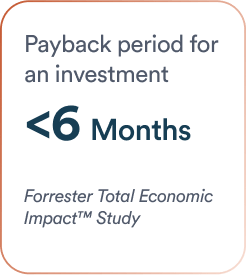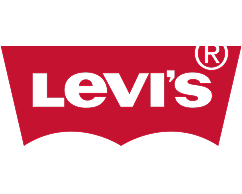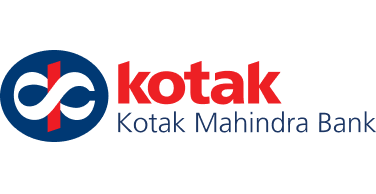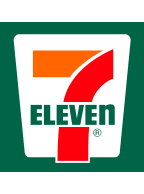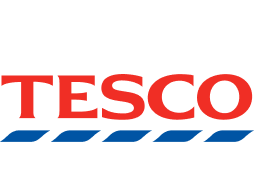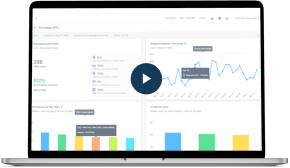A high cart abandonment rate means lost sales and wasted marketing efforts. In this blog, we’ll explain what cart abandonment is, explore its impact and causes, and then dive into 12 practical strategies to reduce cart abandonment.
What is Cart Abandonment?
Cart abandonment refers to the phenomenon where a potential customer initiates an online shopping journey (typically by adding items to a website’s cart) but fails to complete the checkout. It’s like a customer in a physical store filling up a cart and then leaving it in the aisle.
Cart abandonment rate is the percentage of shopping carts that are created but not converted into actual purchases. This metric is a key indicator of friction or issues in the purchase process of an online store.
Cart abandonment can happen at any stage of the checkout flow. Some shoppers abandon early (e.g., on the cart page), while others drop off at the final step (often called checkout abandonment when it occurs during payment or shipping steps). Regardless of when it happens, an abandoned cart represents a lost conversion opportunity.
Cart Abandonment Statistics: Impact of Cart Abandonment on Businesses
Every abandoned cart is a sale left on the table, directly translating to lost revenue. E-commerce stores lose about $18 billion in revenue every year due to abandoned carts.
The consequences go beyond just the immediate lost sale. High abandonment rates can significantly drag down a website’s overall conversion rate, meaning your marketing ROI suffers. All the effort (and budget) spent to bring a customer to the site and get them to add a product is wasted if they exit before buying.
Before we dive into solutions, let’s review some key cart abandonment statistics to grasp the scale of the challenge.
- The average cart abandonment rate is around 70%, with mobile devices seeing the highest rates at 85%+, compared to 73% on desktop.
- Industry rates vary—luxury and travel often exceed 80%, while pet care may be closer to 54%.
- Globally, over $4 trillion in products are left in carts annually.
- Improving checkout UX could recover up to $260 billion in lost sales, and recovery emails typically reclaim around 3.3%.
- Notably, 42–43% of abandonments are from users “just browsing,” but the rest are targetable for conversion gains.
Are Abandoned Carts Costing You More Than Money?
Surprisingly, abandoned carts cost businesses more than just money – they can also erode intangible assets like customer goodwill and brand reputation. Think of it as a butterfly effect: When customers consistently abandon carts due to poor experiences, they may lose interest in your brand or feel frustrated.
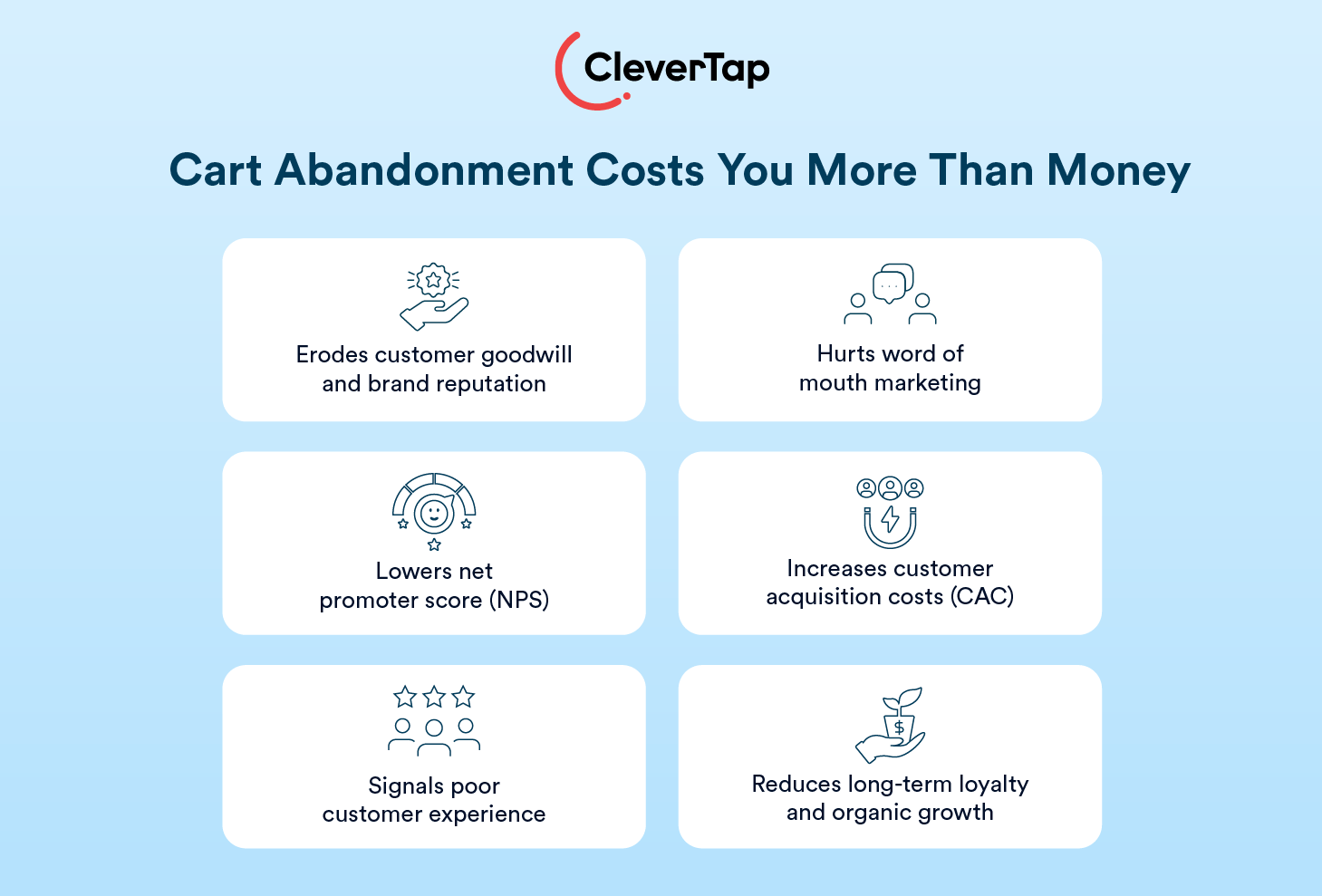
Such customers are less likely to recommend your business to others, impacting your word-of-mouth and net promoter score (NPS). In other words, each bad experience (like a cumbersome checkout) can quietly reduce future referrals and organic growth.
Abandoned carts can also drive up your customer acquisition costs. If many users drop off without buying, you may need to spend more on advertising or promotions to achieve the same number of conversions.
A high cart abandonment rate signals that the customer experience is suffering, and that can hurt your brand image and long-term customer loyalty, not just this quarter’s sales. For all these reasons, tackling cart abandonment is crucial for business health.
What are the Causes of Cart Abandonment?
To reduce cart abandonment, it’s crucial to understand why shoppers leave without completing their purchase. Some reasons are related to user experience, while others stem from mindset or external distractions. Here are the most common causes:
- Unexpected Costs: Extra charges like shipping, taxes, or fees at checkout can lead to sudden sticker shock, causing customers to back out.
- Complicated Checkout Process: A long or confusing checkout with too many steps or form fields frustrates users and increases the likelihood of abandonment.
- Forced Account Creation: Requiring customers to create an account before purchasing creates friction, especially for one-time buyers who prefer guest checkout.
- Limited Payment Options: Shoppers may abandon their cart if their preferred payment method (such as a credit card, PayPal, or digital wallet) is not offered.
- Security Concerns: A lack of trust signals, such as SSL certificates, recognizable payment gateways, or clear return policies, can make users hesitant to enter their payment information.
- Technical Issues: Website crashes, slow load times, or buggy checkout experiences drive customers away before they can complete their order.
- Unclear Return Policies: If return or exchange policies aren’t visible or seem restrictive, shoppers may hesitate to commit to the purchase.
- Out-of-Stock Items: Discovering an item is unavailable at checkout is frustrating and often causes users to abandon rather than seek alternatives.
- Just Browsing: Many shoppers use carts for research, wishlisting, or price comparison. They may intend to return later, but often don’t.
- Distractions or Second Thoughts: Interruptions or a simple change of heart can cause users to leave mid-purchase, especially on mobile.
While some of these factors are unavoidable, many can be improved with thoughtful design, better communication, and strategic follow-up.
12 Strategies to Reduce Cart Abandonment
Reducing cart abandonment requires a multi-pronged approach. There’s no single fix—abandonment happens for many reasons, from UX friction to pricing surprises. Below are 12 powerful strategies to address common pain points and guide more shoppers to complete their purchases.
1. Simplify the Checkout Process
A complicated checkout is one of the top reasons for cart abandonment.
Streamline the mobile checkout experience by minimizing form fields, breaking steps into a single page or clear progress indicators, and eliminating redundant data entry. Allow guest checkout and enable autofill and address lookup to speed things up.
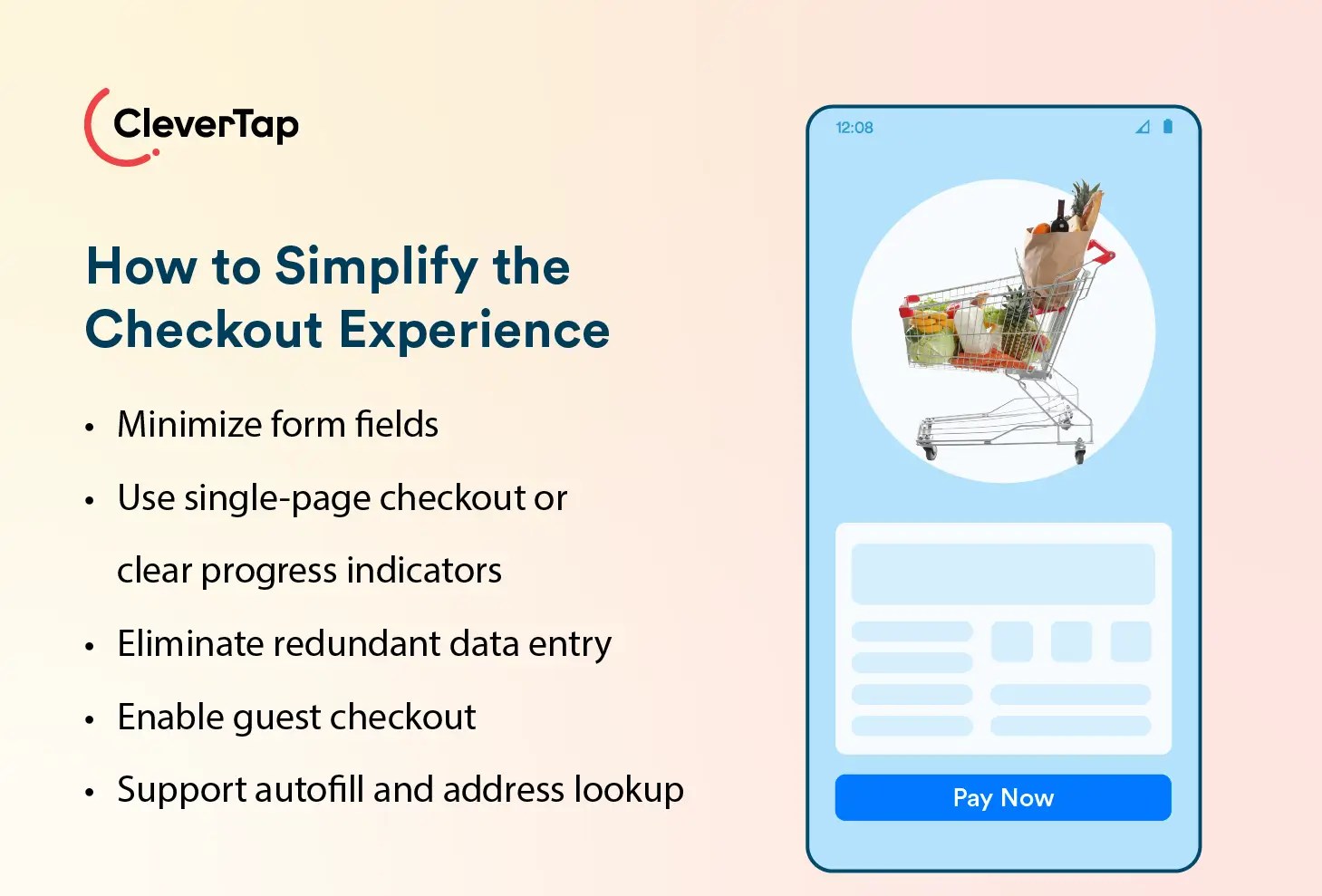
Research from Baymard shows 22% of U.S. shoppers abandon carts due to a “too long or complicated checkout.” Optimizing usability could improve conversions by up to 35%. Test different flows (one-page vs. multi-step), regularly analyze where users drop off, and remove friction wherever possible.
2. Expand and Secure Payment Options
If a customer can’t pay their preferred way, they may abandon the cart. Support a range of payment methods—credit cards, PayPal, Apple Pay, Google Pay, and local methods. Especially on mobile, digital wallets streamline checkout and reduce friction.
Ensure security is clearly displayed through trust badges and SSL symbols. A lack of perceived payment security causes 18% of users to abandon their carts. Convenience and trust are both essential for completing a payment.
3. Be Transparent About Pricing
Unexpected fees at checkout—such as shipping, taxes, or duties—are a major reason for cart abandonment. Combat this by clearly displaying all costs upfront on product or cart pages. Use geo-IP to estimate shipping costs, and if you offer free shipping above a certain threshold, highlight it early.
Consider options like slower free shipping or baked-in shipping costs. Transparency prevents last-minute sticker shock and builds trust.
4. Offer Cart Recovery Emails
Not all cart abandonments can be prevented, but they can often be recovered. Abandoned cart recovery emails are a proven tool to bring back shoppers.
Set up an automated sequence:
- Email 1: Gentle reminder within 1 hour
- Email 2: Add urgency or social proof after 24 hours
- Email 3: Include an incentive (e.g., 10% off or free shipping)
These emails often outperform regular marketing emails, with recovery rates of 3–11%. Include images of items left behind, clear CTAs, and friendly messaging.
Turn abandoned carts into conversions.
Learn how e-commerce email marketing can help recover lost sales and boost revenue.
5. Use Exit-Intent Popups
Exit-intent popups trigger when a user shows signs of leaving (e.g., cursor moves toward the close button). Use them to offer last-minute incentives, such as a discount or free shipping.
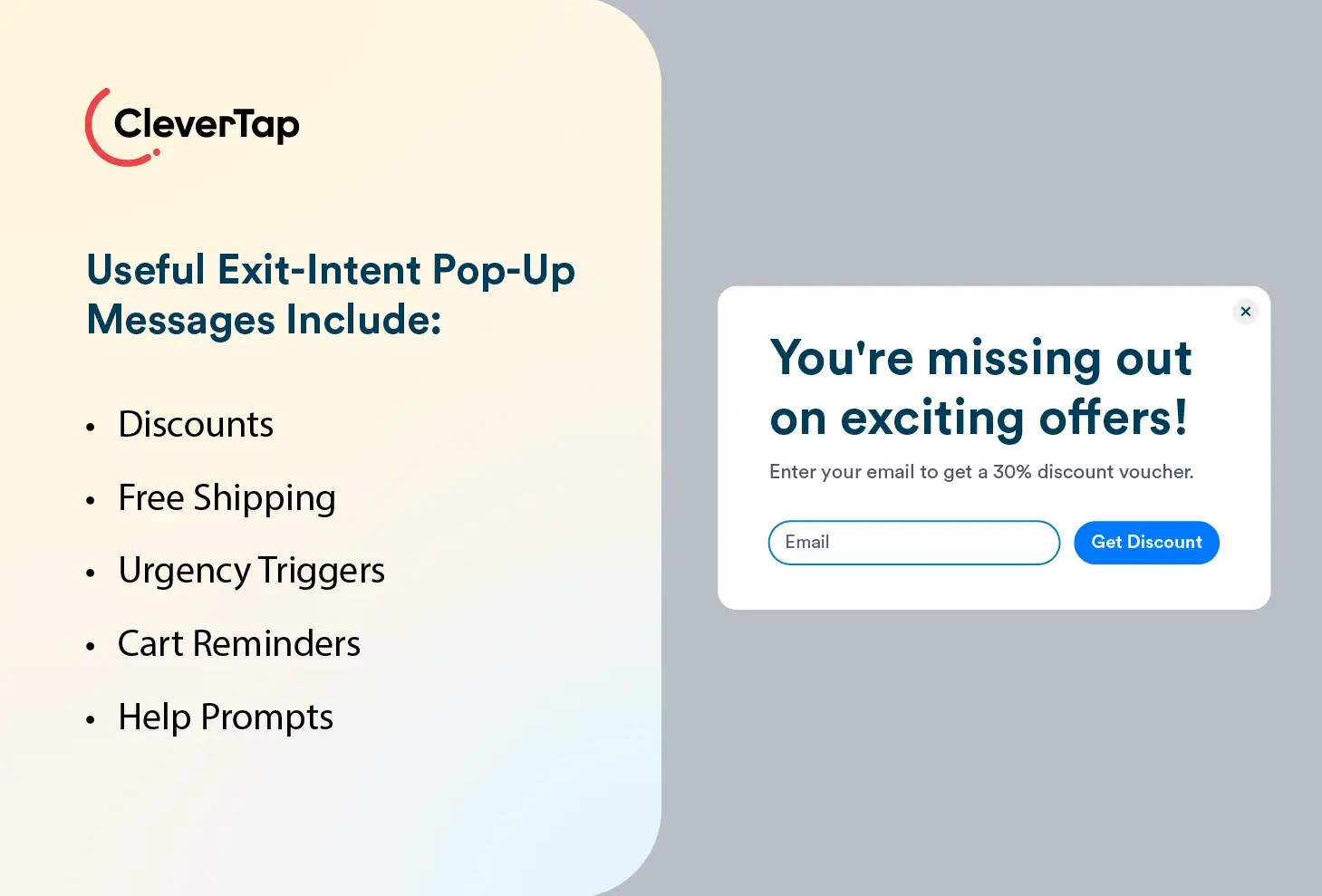
Other useful exit popup messages include reminders (“You left 3 items in your cart”), urgency (“Stock is running out!”), or help prompts (“Questions? Chat with us!”). When well-timed, these popups save sales without disrupting the browsing experience.
6. Optimize the Mobile Experience
Mobile users abandon carts at higher rates due to small screens, slow load times, and distractions. Make your site mobile-first:
- Use responsive layouts, large buttons, and mobile-friendly input fields
- Offer wallet-based payments (e.g., Apple Pay)
- Speed up mobile performance—53% of users leave if a page takes over 3 seconds to load
A smooth mobile checkout is critical as more e-commerce traffic shifts to smartphones.
7. Build Trust at Checkout
Lack of trust causes hesitation. Reassure customers by:
- Displaying security logos near payment forms
- Linking to clear return and refund policies
- Offering live chat or visible support contact information
- Using professional, error-free site design
Eliminate doubts by reinforcing that your site is secure, customer-friendly, and ready to help. A trustworthy site encourages hesitant buyers to complete their purchase.
8. Provide Live Chat Support
Many customers abandon carts because of unanswered questions. Live chat offers instant support at key decision moments. Whether it’s “Does this item run true to size?” or “My payment isn’t going through,” a live agent (or chatbot) can prevent abandonment.
Place chat icons on product and checkout pages, and aim for quick responses. Businesses using live chat see higher average order values and better conversion rates.
9. Offer Smart Incentives
Incentives like discounts, free shipping, or free gifts can tip undecided customers toward purchase. Use them strategically:
- Offer a coupon via exit-intent pop-up or in a second/third cart recovery email
- Highlight free shipping thresholds (“You’re $10 away from free shipping!”)
- Use time-limited deals to create urgency
Be careful not to train all customers to wait for discounts—target incentives only to users at risk of abandoning.
10. Use Retargeting Ads
Even after users leave your site, retargeting can bring them back. Use display ads or social media platforms like Facebook and Instagram to serve personalized ads featuring items left in the cart.
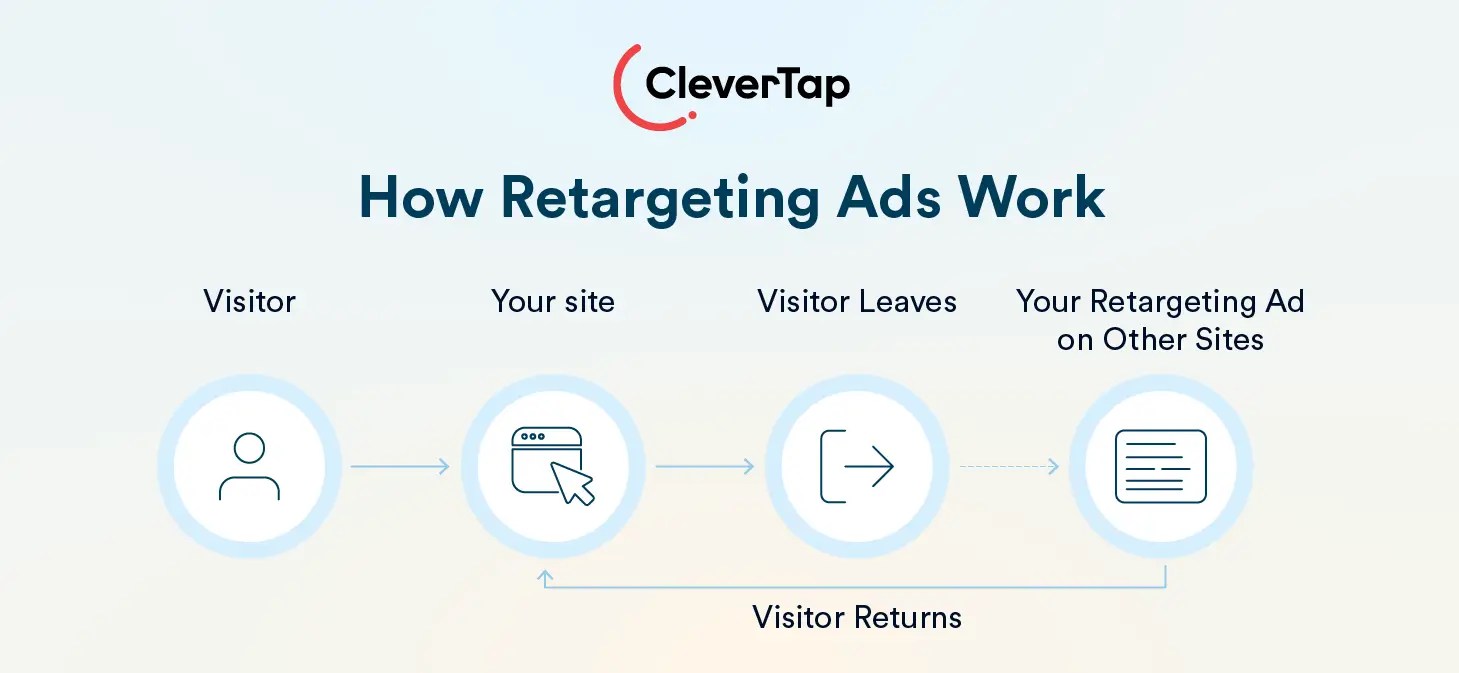
Messages like “Forgot something?” or “Limited stock remaining!” keep your products top-of-mind. Retargeting can recover about 26% of abandoners who wouldn’t respond to email alone. Frequency capping is key—remind, don’t annoy.
11. Improve Navigation and Performance
Confusing navigation and slow load times lead to frustration and abandonment. Ensure:
- The checkout button is easy to find from any page
- The cart is accessible and clearly shows selected items
- Checkout pages minimize distractions (e.g., hide navigation menus)
Speed also matters. Compress images, streamline code, and test load times on different devices. Every extra second increases the likelihood of user drop-off.
12. Show Social Proof
Buyers trust other buyers. Include product ratings, reviews, and testimonials on product and checkout pages. Reinforce product quality and satisfaction to boost confidence.
Highlight bestsellers or trending items. Show customer photos or user-generated content. One study found products with five or more reviews can boost conversions by up to 270%—proof that social validation matters.
Bonus Tip: Personalize the Shopping Experience
E-commerce personalization helps reduce cart abandonment by making the shopping experience feel tailored and relevant. When customers see content, products, or offers that align with their interests, they’re more likely to stay engaged and complete their purchase, helping improve conversion rate.
There are several effective ways to personalize the experience:
- Product recommendations in the cart or checkout can suggest complementary items or confirm that the customer made a good choice.
- Recently viewed reminders (e.g., “Still thinking about this?”) can re-engage shoppers who didn’t add an item to their cart.
- Personalized cart recovery emails that reference specific products or use the customer’s name often perform better than generic messages.
- Past purchase or loyalty-based messages (“Reorder your favorite” or “You might like this based on your last order”) help surface relevant products.
- Dynamic homepage content (e.g., welcome offers for new users, tailored suggestions for returning ones) boosts relevance.
Just ensure personalization is respectful. Use only relevant, non-intrusive data. Done right, it reduces friction and builds trust, making shoppers more likely to return and complete their purchase.
Real-World Cart Recovery Examples
Let’s look at a few real-world cart abandonment examples of businesses successfully recovering abandoned carts – and the results they achieved:
How a B2B E-Commerce Platform Tackled Cart Abandonment
A leading B2B e-commerce platform was facing high cart abandonment rates, which directly impacted conversions and revenue. The company lacked visibility into user behavior and had limited tools to engage customers at critical decision points.
To address this, they partnered with CleverTap to gain real-time insights into user activity and drop-off points. Using CleverTap’s analytics and engagement suite, they identified friction in the checkout flow and built targeted campaigns to re-engage abandoning users.
Key Steps & Tools Used:
- Leveraged customer segmentation to identify high-intent but inactive users.
- Used event tracking to pinpoint cart drop-off patterns.
- Deployed personalized push notifications and in-app messages at optimal times.
- Created automated workflows to nudge users who didn’t complete their purchase.
“To tackle cart abandonment, we’ve created campaigns that are sent after a user has added an item to the cart but hasn’t proceeded to the payment page. We remind users that the items in the cart can go out of stock or offer them a discount to entice them to complete the purchase,” notes Tejas Kothari, Digital Marketing Manager
Wins:
The platform was able to convert about 50% of cart abandoners into customers. Engagement rates improved, and reactivation campaigns brought a significant number of users back into the purchase funnel.
Read the full case study here.
Faasos Cuts Cart Abandonment with Automated Journey Campaigns
Faasos, a popular food delivery brand, was struggling with users dropping off after adding items to the cart—impacting conversion rates and order volume. Manual interventions weren’t scalable, and there was no structured flow to re-engage these users.
To tackle this, Faasos implemented CleverTap Journeys—an automation tool that maps the customer lifecycle and triggers timely nudges. They built personalized, multi-channel engagement workflows to re-engage users who abandoned carts.
Key Steps & Tools Used:
- Mapped the entire customer journey to identify drop-off points.
- Set up automated campaigns triggered within minutes of abandonment.
- Used personalized push notifications and in-app messages based on user behavior.
- Optimized messaging for the best time and context using behavioral insights.
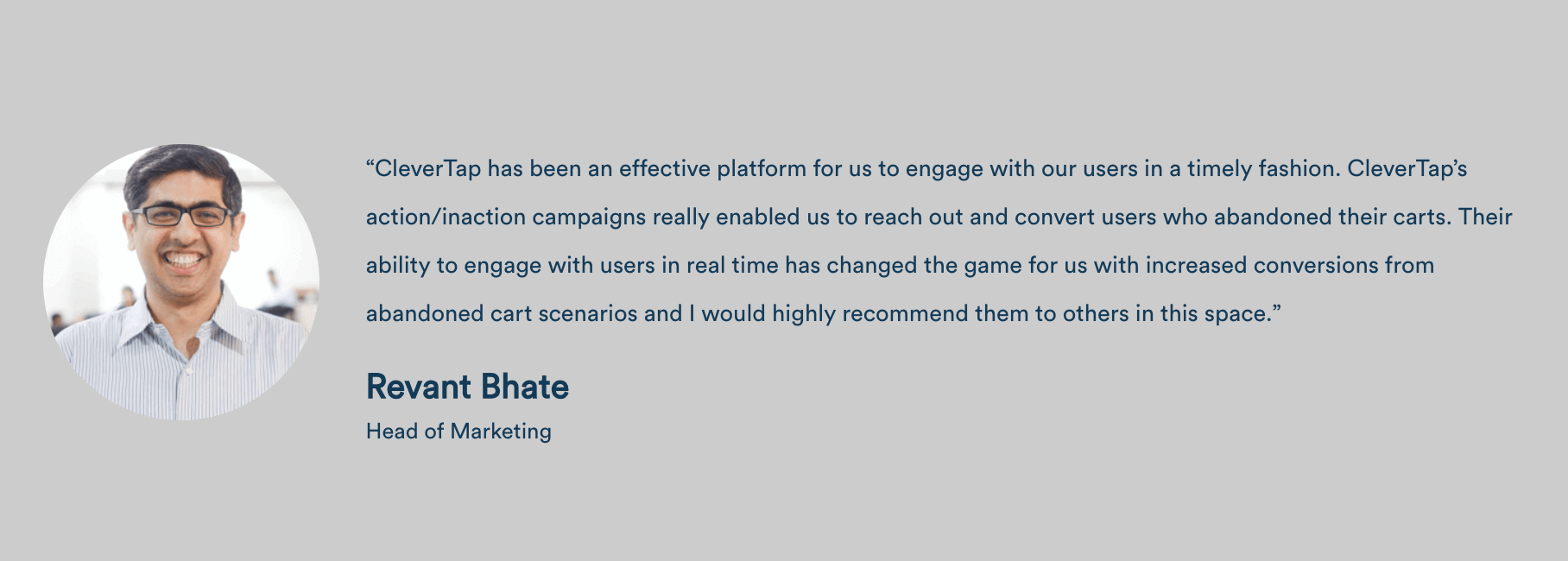
Wins:
The automated cart recovery flow helped accelerate conversions and improve user engagement significantly. By re-engaging users within a critical time window, Faasos boosted order completion rates—without adding operational overhead.
Read the full case study here.
Blinkit Reduced Cart Abandonment with Hyper-Personalized Engagement
Blinkit, a fast-commerce platform, was facing cart abandonment issues due to fragmented user experiences and lack of contextual communication. Users were dropping off without completing purchases, hurting both retention and revenue.
Blinkit turned to CleverTap to build a seamless, personalized user experience. By leveraging real-time analytics and omnichannel engagement, they created tailored journeys that proactively nudged users before they dropped off.
Key Steps & Tools Used:
- Analyzed user behavior to spot patterns of drop-off and inactivity.
- Deployed behavioral segmentation to deliver contextual messages.
- Used personalized push notifications, emails, and in-app messages to guide users back to the cart.
- Implemented automated journey campaigns to trigger timely nudges across channels.
Wins:
Blinkit saw a 6% increase in user retention and significant improvement in cart recovery. With real-time engagement and a focus on customer experience, they successfully reduced drop-offs and boosted conversions—especially during critical moments in the buyer journey.
Read the full case study here.
Reduce Cart Abandonment, Recover Revenue, and Rebuild Trust
Cart abandonment may be a persistent challenge in e-commerce, but it’s far from insurmountable.
Using the above cart abandonment solutions, you create a smoother, more trustworthy purchase journey that keeps customers on track. Not every strategy will apply equally to every business, but even a few targeted improvements can yield a noticeable drop in abandonment and a rise in conversions.
Boost retention and improve conversions with CleverTap.
Subharun Mukherjee 
Heads Cross-Functional Marketing.Expert in SaaS Product Marketing, CX & GTM strategies.
Free Customer Engagement Guides
Join our newsletter for actionable tips and proven strategies to grow your business and engage your customers.



